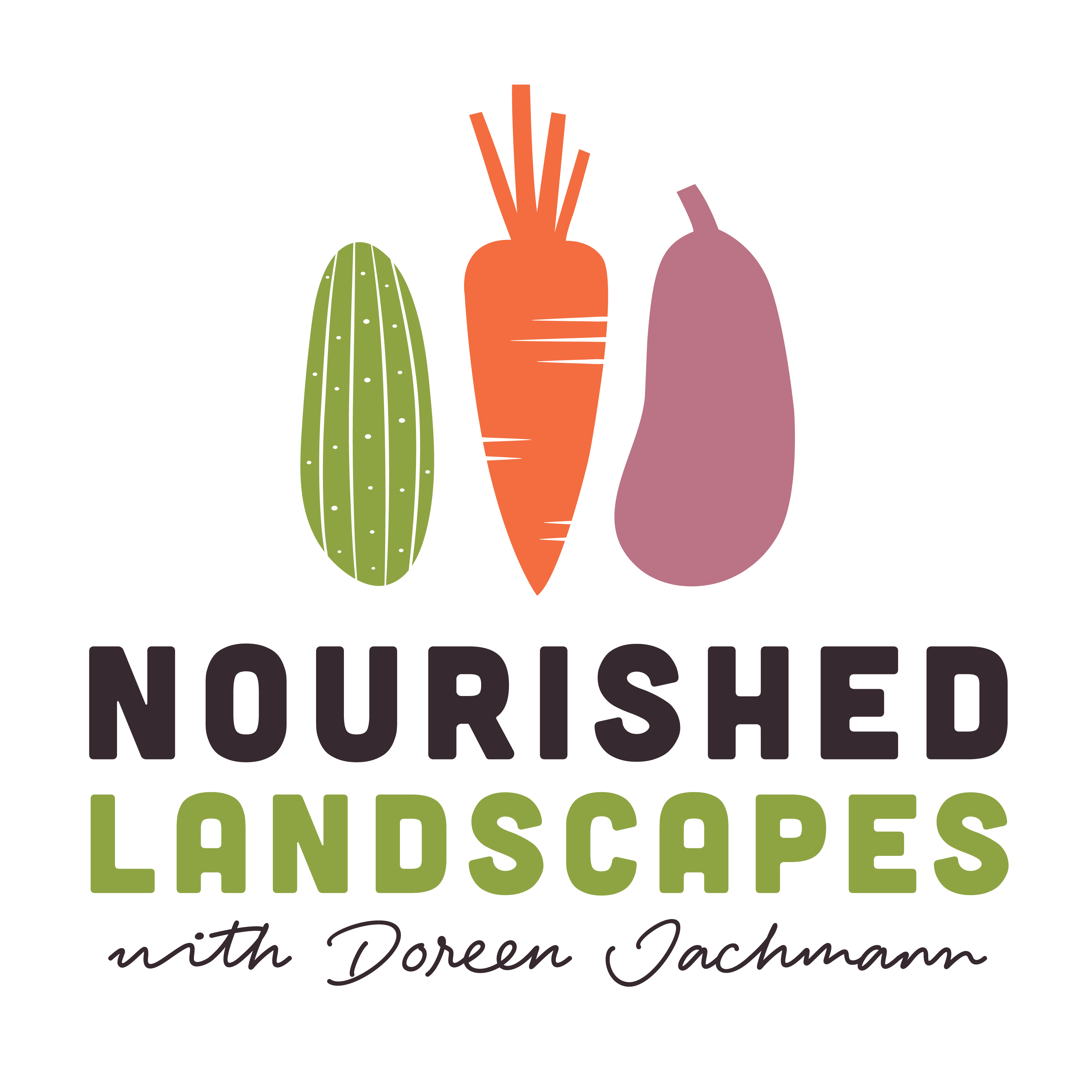Plant Profile Salvia ‘Hot Lips’

Plant Profile Salvia ‘Hot Lips’
Common Name: Salvia ‘Hot Lips’
Scientific Name: Salvia microphylla ‘Hot Lips’
Family: Lamiaceae (Mint family)
Plant Type: Perennial shrub
Physical Description
- Height: 0.8–1.2 metres.
- Spread: 0.8–1.2 metres.
- Leaves: Small, ovate, aromatic leaves with a fresh, minty scent.
- Flowers: Distinctive two-tone red and white flowers, often changing colour with the seasons or growing conditions. The flowers are small, tubular, and appear in clusters on tall, slender stems.
- Growth Habit: Rounded, bushy shrub with a woody base and soft, herbaceous stems.

Salvia 'Hot Lips' flowers
Habitat and Distribution
- Native Range: Salvia microphylla originates from Mexico and the southwestern United States.
- Cultivation: Popular in Australian gardens for its drought tolerance, long flowering season, and low maintenance requirements.
- Climate Zones: Thrives in Australia, making it suitable for warm temperate, subtropical, and Mediterranean climates.
Growing Conditions
- Light: Prefers full sun but tolerates light shade.
- Soil: Well-drained soil with moderate fertility. Adapts to sandy or loamy soils and copes well in slightly alkaline conditions.
- Water: It has been growing well at the homestead in SEQ south of Brisbane without irrigation. Drought-tolerant once established but benefits from occasional deep watering during prolonged dry spells. Avoid waterlogging.
- Temperature: Frost-tolerant in mild areas but may die back in colder regions, resprouting in spring.
- Maintenance: Low-maintenance; prune lightly after flowering to maintain shape and encourage new growth.

Salvia 'Hot Lips' red flower with white tinge.
Uses in Permaculture
- Pollinator Attractor: The flowers are rich in nectar and attract bees, butterflies, and other beneficial insects.
- Pest Control: Its strong aroma can help deter pests, making it a valuable companion for vegetables and herbs.
- Erosion Control: The dense, fibrous root system helps stabilise soil, making it suitable for slopes or erosion-prone areas.
- Low Input Plant: Requires minimal water, fertiliser, and care, reducing resource demands in a permaculture system.
- Mulch and Compost Source: Trimmings can be used as green mulch or added to compost to contribute organic matter.
- Biodiversity Support: Provides habitat and food for pollinators, adding ecological value to permaculture gardens.
Companion Planting
- Vegetables:
- Plant near tomatoes, capsicums, or eggplants to attract pollinators and deter pests like aphids.
- Herbs:
- Pair with basil, oregano, or rosemary to create a diverse herb garden. Its aroma complements these herbs while promoting insect diversity.
- Flowers:
- Combine with marigolds or nasturtiums for additional pest control and visual appeal.
Propagation
- Cuttings:
- Take semi-hardwood cuttings in spring or early autumn. Remove lower leaves and plant in moist, well-draining soil.
Seasonal Care
- Spring:
- Prune lightly to encourage fresh growth and remove dead stems. Apply a layer of compost or organic mulch around the base.
- Summer:
- Ensure adequate water during dry spells, although the plant is resilient once established. Deadhead spent flowers to extend blooming.
- Autumn:
- Trim back after the main flowering season to maintain shape and prepare for winter.
- Winter:
- In frost-prone areas, apply mulch to protect roots and reduce dieback.
Special Considerations
- Hardiness: May die back in extreme frost but is likely to regrow from the root system in spring.
- Invasiveness: Non-invasive; it does not spread aggressively and is easy to manage.
----------------------------------------------
About the Author
Doreen Jachmann from Nourished Landscapes has been providing permaculture services for over 10 years.
Doreen is passionate about helping people create sustainable and resilient landscapes.
Nourished Landscapes offer a variety of services, including:
* Permaculture design and installation
* Permaculture education, presentations and workshops
* Permaculture consulting
If you are interested in learning more about permaculture, please contact us today!


0 comments
Leave a comment
Please log in or register to post a comment